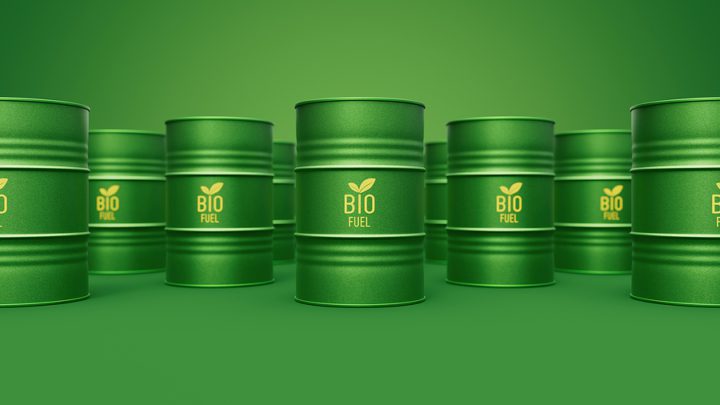
The solution enables customers to choose among three different options, representing different levels of avoidance in carbon dioxide equivalent (CO2e) emissions: 100%, 50% or 25% of their shipment’s ocean-leg CO2e emissions. The Ship Green options are available for confirmed shipments via the Online Business Suite on Hapag-Lloyd’s website.
The emissions avoidance results from the use of biofuel instead of conventional marine fuel oil within Hapag-Lloyd’s fleet. The company guarantees that it uses biofuel from 2nd-generation feedstock sourced from certified supply chains and produced from waste material, such as brown grease or used cooking oil.
It also provides assurance that no edible virgin oils are included in the fuel. The avoided emissions are allocated to shipments with the “book and claim” approach, meaning that Hapag-Lloyd can attribute avoided CO2e emissions to all ocean-leg transports, regardless of the vessel and route used.
At the end of every quarter, customers will receive an emissions avoidance declaration verifying the total emissions prevented through Ship Green in the respective period. The underlying emissions avoidance calculation is based on the renowned emissions-accounting methodology of the Clean Cargo Initiative (CCI), which has become a common standard widely used by carriers, freight forwarders and shippers.
At present, Ship Green is only available for dry cargo, but it will be expanded to other cargo types in the future.
“At Hapag-Lloyd, we are committed to making it easier for our customers to avoid emissions and contribute to decarbonisation. With our new Ship Green solution, we are offering our customers an easy and flexible way to reduce their environmental footprint and make their supply chain more sustainable,” said Rolf Habben Jansen, CEO of Hapag-Lloyd.